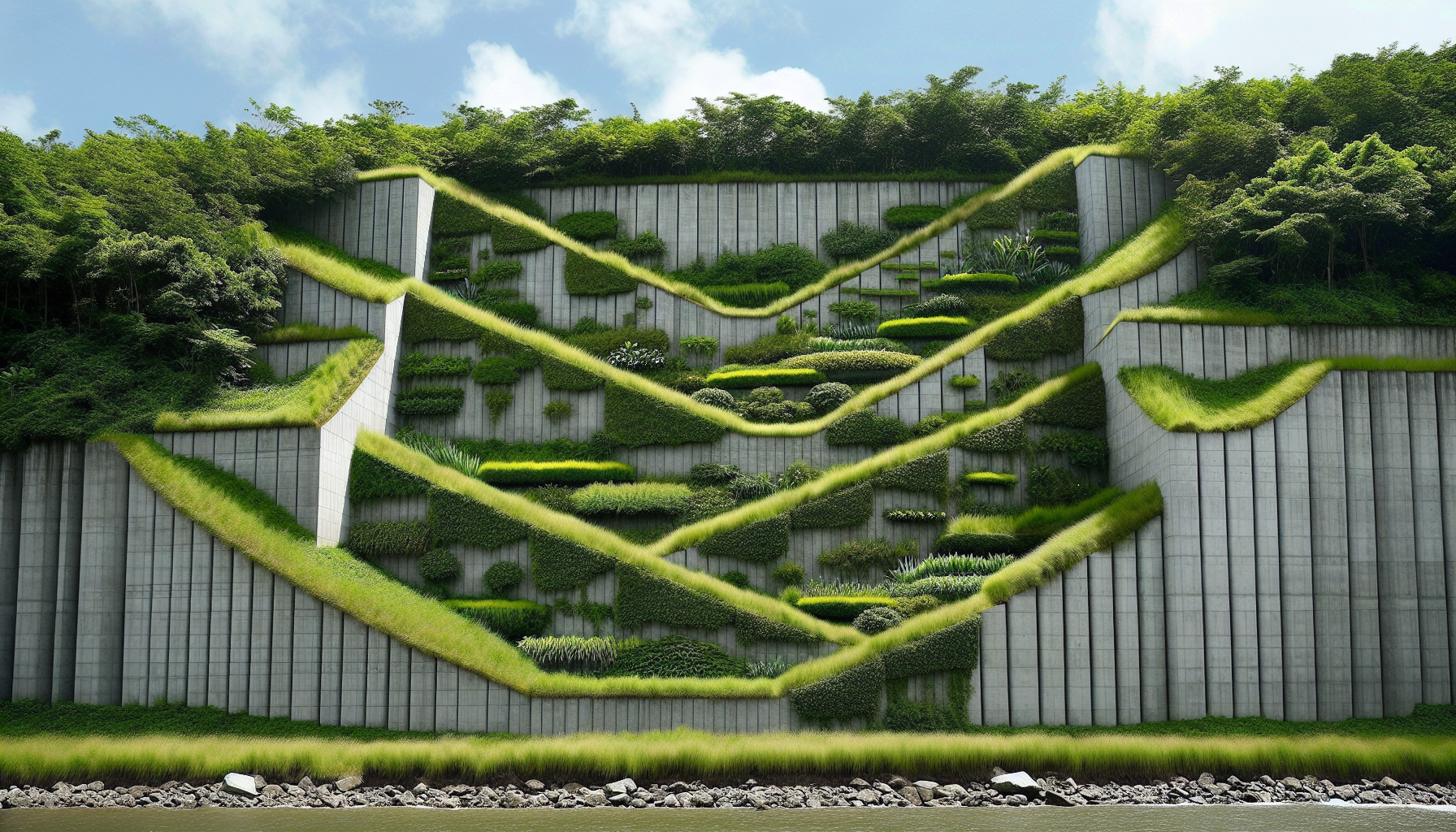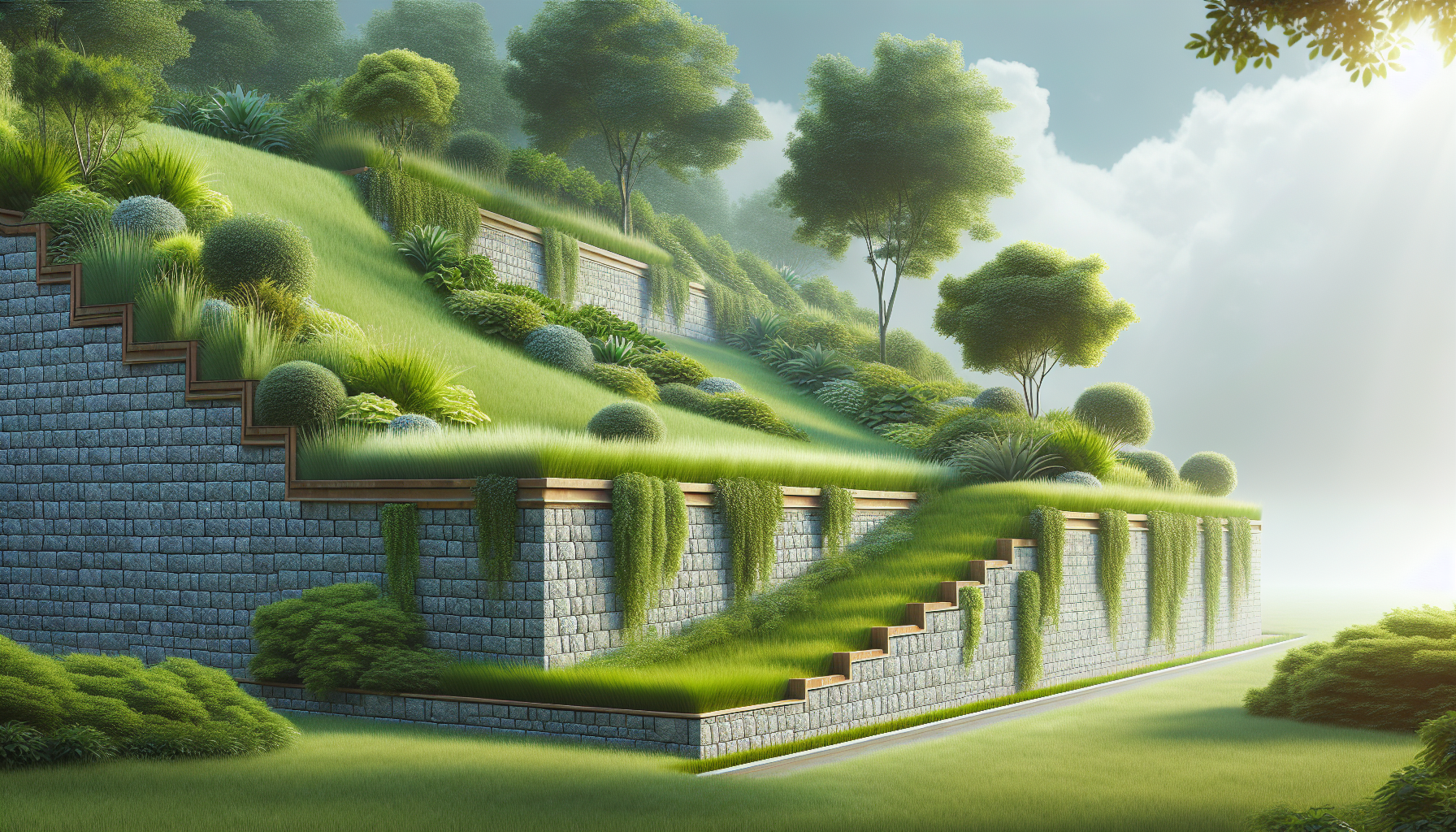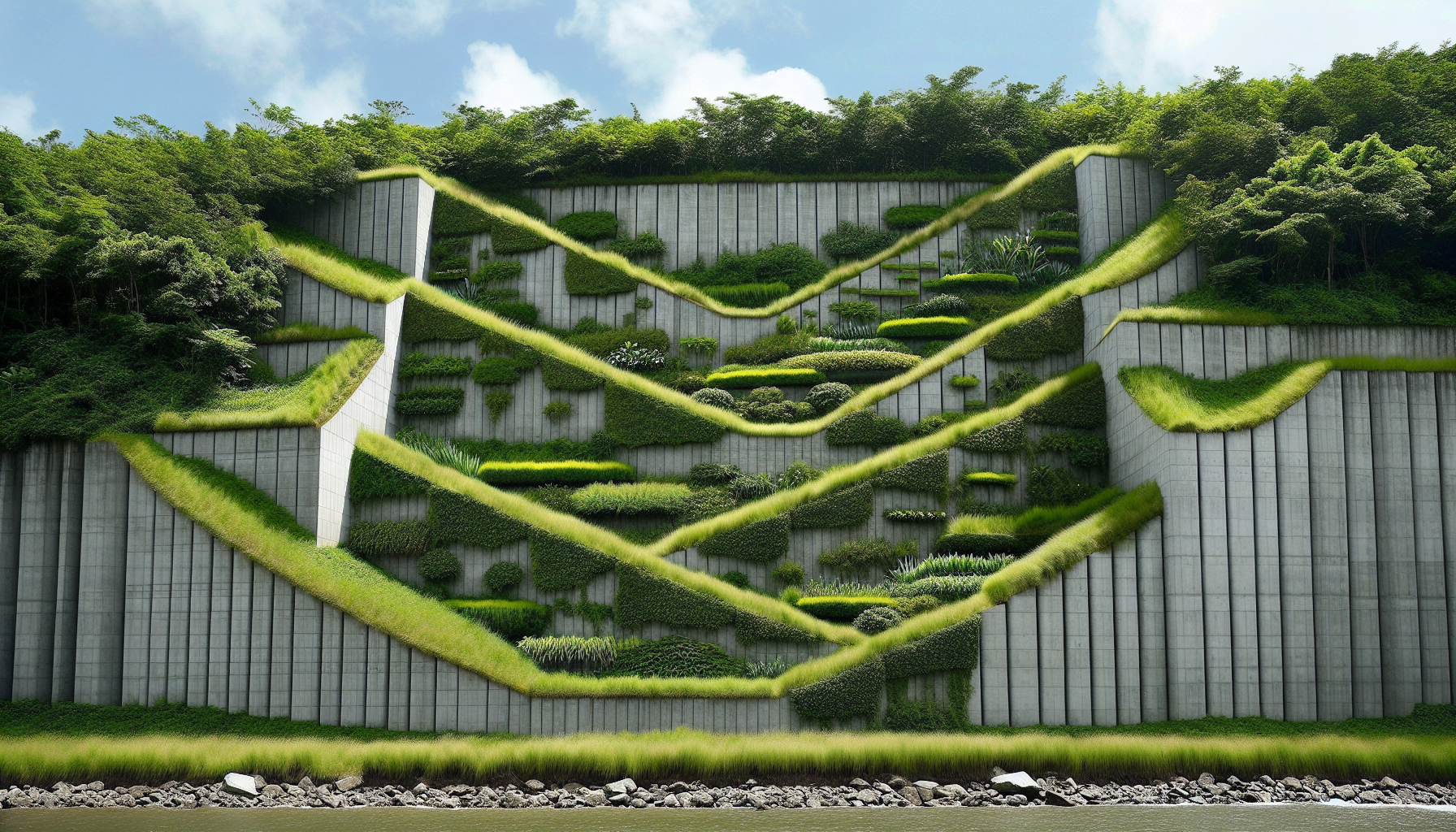What do you know about the construction of retaining walls? Have you heard of the 1 3 rule? This guideline is crucial for anyone looking to build or understand retaining walls. In this article, you’ll discover what the 1 3 rule is, why it matters, and how to apply it effectively.

Understanding Retaining Walls
Retaining walls are structures used to hold back soil and prevent erosion. They are often found in landscaping, highway construction, and various civil engineering projects. A well-designed retaining wall maintains the integrity of the landscape and ensures stability in areas prone to soil movement.
Types of Retaining Walls
There are several types of retaining walls, each with unique features and benefits. Understanding these types can help you decide which one suits your needs.
-
Gravity Retaining Walls: These rely on their weight to resist the pressure of the soil behind them. They are typically made from heavy materials like concrete or stone.
-
Cantilevered Retaining Walls: These walls have a slab that extends into the soil, allowing them to use the weight of the earth behind the wall for support. They are more efficient than gravity walls and use less material.
-
Anchored Retaining Walls: These walls are secured to the earth behind them with anchors, providing additional stability. They are ideal for high walls or unstable soils.
-
Hybrid Walls: Some retaining walls combine features of the previous types to achieve optimal results, particularly in challenging landscapes.
What is the 1 3 Rule?
The 1 3 rule is a guideline in the design of retaining walls that suggests the height of the wall should be one-third of its total base width. This rule helps in achieving balance, ensuring that the wall can effectively resist the lateral pressure exerted by the soil it retains without toppling over.
The Importance of the 1 3 Rule
Following the 1 3 rule is vital for several reasons:
-
Stability: The rule provides a simple way to ensure stability, decreasing the risk of wall failure.
-
Durability: Walls designed with this rule are likely to last longer as they reduce stress on construction materials.
-
Cost Efficiency: Following this guideline can lead to savings on materials and labor by minimizing the chance of needing repairs or reinforcements later on.
How to Apply the 1 3 Rule
Applying the 1 3 rule involves straightforward calculations. Here’s a step-by-step guide to help you understand the process better.
Step 1: Measure Wall Height
Begin by determining the desired height of your retaining wall. Let’s say you wish to build a wall that is 6 feet tall.
Step 2: Calculate Base Width
Next, use the 1 3 rule to calculate the base width. According to the rule, the base width should be three times the height of the wall. Thus, with a wall height of 6 feet:
[
\text{Base Width} = 6 , \text{feet} \times 3 = 18 , \text{feet}
]
Step 3: Construct the Wall
When constructing the wall, ensure that the base is 18 feet wide to meet the requirement of the 1 3 rule. This foundation will provide adequate support and prevent potential collapse.
Common Mistakes to Avoid
Building a retaining wall involves various challenges. Here are some common mistakes you should avoid to ensure the success of your project:
Ignoring Drainage
Proper drainage is essential. Accumulated water puts immense pressure on retaining walls, which can lead to failure. Include drainage pipes or gravel backfill to redirect water away from the wall.
Skimping on the Base Thickness
A thin base may not provide enough support. Every retaining wall must have a thick enough base to withstand soil pressure and any additional loads.
Overlooking Material Quality
Not all materials are suitable for every project. Always choose high-quality materials that can resist the natural elements. They can significantly enhance the longevity and effectiveness of your wall.

Benefits of Properly Built Retaining Walls
You may wonder why it’s worth the effort to follow guidelines like the 1 3 rule. Let’s break down some of the key benefits:
Erosion Control
A well-constructed retaining wall plays a crucial role in soil erosion prevention. By holding back soil on slopes, these walls protect landscapes from washouts and landslides.
Aesthetic Appeal
When designed aesthetically, retaining walls can enhance the beauty of your property. They can be integrated into gardens or landscaped areas, adding to the overall charm of your home.
Increased Usable Space
Retaining walls often create flat areas on sloped lots. This additional usable space can serve various purposes, from gardens to patios or even parking areas.
When to Consider Professional Help
While DIY projects can be rewarding, certain situations may require professional expertise. Here are some signs you might need to consult a professional:
Complex Terrain
If your land is uneven or has challenging features, consulting a professional can save you time and potential issues in the future.
Large Scale Projects
For substantial heights or long sections, professionals can ensure that all calculations and construction techniques follow safety standards.
Local Regulations
Every area has different building codes regarding structures such as retaining walls. Professionals are well-versed in local regulations and can help you avoid fines or construction issues.
Maintenance of Retaining Walls
Even the best-built retaining walls require maintenance. Here are a few tips to ensure your wall remains functional and visually appealing:
Regular Inspections
Check the wall for cracks, bulges, or signs of water retention. Early detection of problems allows for prompt repairs, minimizing long-term damage.
Clean Drainage Systems
Ensure your drainage systems remain clear of debris. Clogs can cause water buildup, increasing pressure on the wall and potentially leading to failure.
Landscape Maintenance
Keep vegetation and roots clear of the wall’s base. Roots can penetrate and compromise the structure, while overgrowth may hinder your ability to spot issues early.
Conclusion
Incorporating the 1 3 rule in your retaining wall project can lead to a successful build. Keeping the wall’s height in proportion to its base width ensures stability and longevity, saving you from future headaches.
When planning your next home improvement project, consider all the aspects discussed in this article. For expert services related to roofing and more, think about checking out Xclusive Home Services. They are based at 14505 N. Hayden Rd., Ste. 101, Scottsdale, AZ. Feel free to reach out via phone at (602) 341-5545 or email them at management@xclusivehomeservicesco.com for all your needs. They are ready to assist you in making your home the best it can be.



